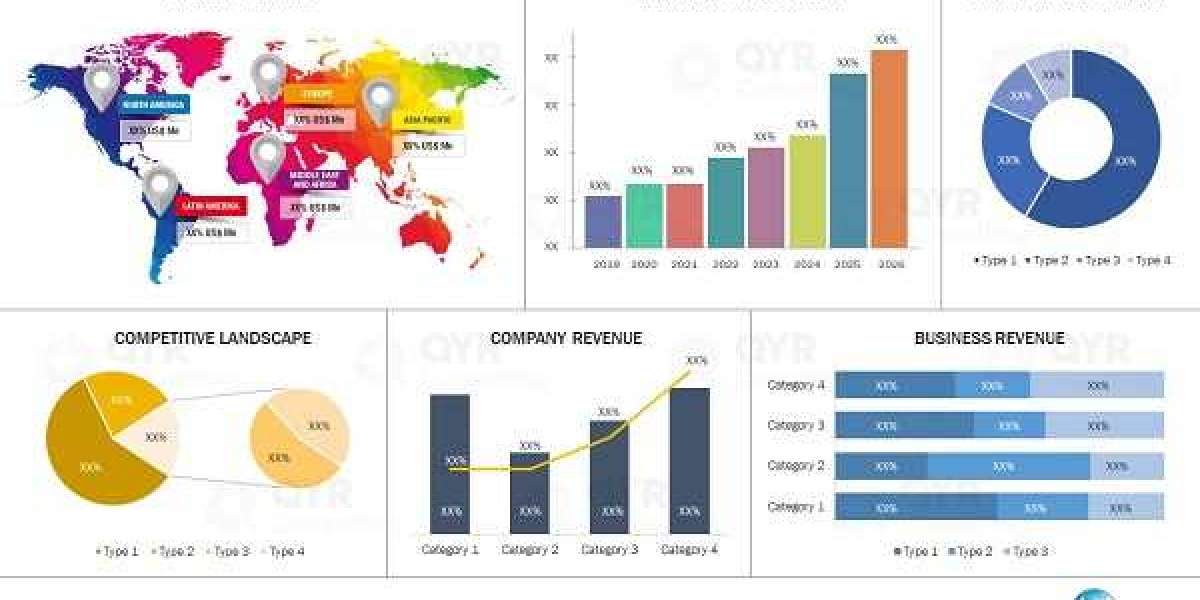Non-Intoxicating: The absence of THC approach you may contain these gummies into your recurring with out worrying about impairment.
Official Page :-
https://allsupplement.org/trifola-farms-cbd-gummies/
https://www.facebook.com/trifola.farms.cbd.gummies.usa/
https://www.facebook.com/get.clint.eastwood.cbd.gummies/
https://www.facebook.com/groups/clinteastwoodcbdgummiesus/
https://www.facebook.com/cbdgummiestigerwoods/
https://www.facebook.com/NativePathAntarcticKrillOil/
https://www.facebook.com/fluffco.american.dream.pillow.reviews/
https://www.facebook.com/slimsure.uk.reviews/
https://www.facebook.com/tryFluffCoZenPillow/
https://www.facebook.com/groups/528706619669269/
https://www.facebook.com/groups/615266697872289/
Buy now:-
https://try-trifola-farms-cbd-gummies.godaddysites.com/
https://sites.google.com/view/trytrifola-farms-cbd-gummies/home
https://trifola-farms-cbd-gummies-7.jimdosite.com/
https://hallbook.com.br/blogs/493100/Trifola-Farms-CBD-Gummies-HONEST-REVIEW-READ-Buyer-s-Official
Read More :-
https://cbdgummiestrifolafarmsreview.godaddysites.com/
https://www.italki.com/en/post/hrAeOkGj0982UlXJvuitUJ
https://trifolafarmscbdgummies.websites.co.in/
https://teeshopper.in/store/trifola-farms-cbdgummies
https://teeshopper.in/store/trifola-farms-cbdgummies











